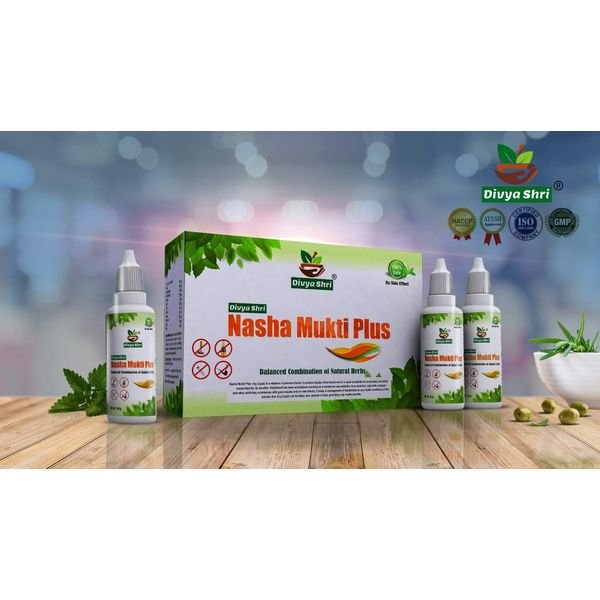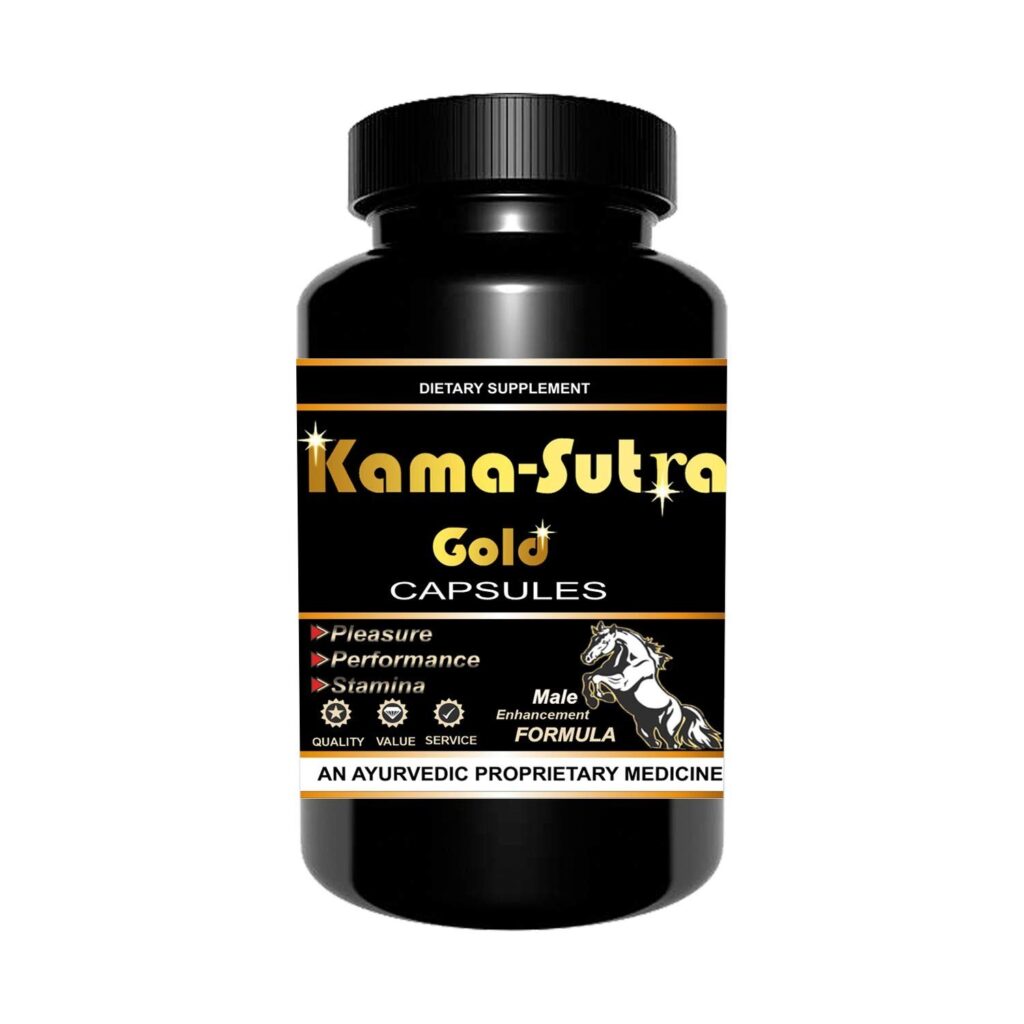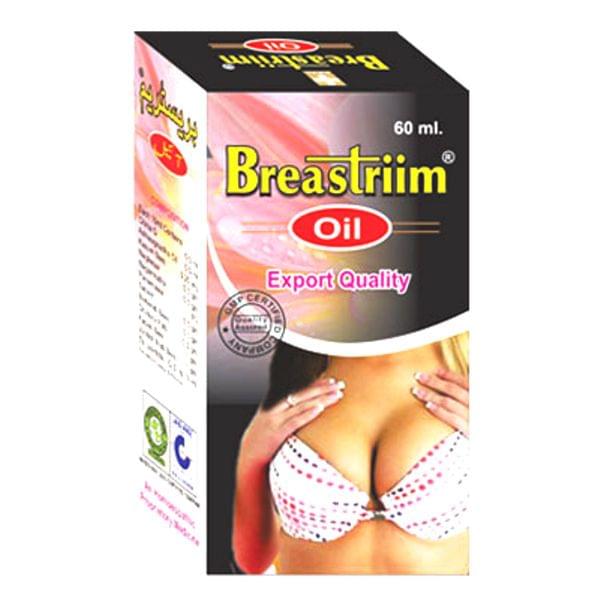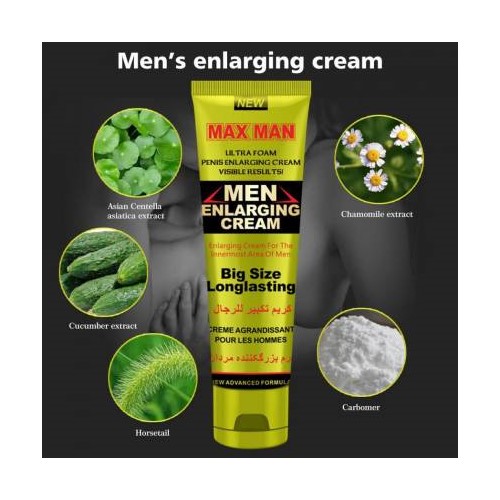Allergies can be a real nuisance, making you feel uncomfortable and tired. One of the best ways to get quick relief is by using nasal drops. This guide will help you understand everything you need to know about using nasal drops for allergy relief. From picking the right type to using them correctly, we’ve got you covered.
Key Takeaways
- Nasal drops can quickly relieve allergy symptoms like a stuffy or runny nose.
- There are different types of nasal drops, so it’s important to choose the right one for your needs.
- Always read the label and consult with a healthcare provider if you’re unsure which nasal drops to use.
- Proper application is crucial for the drops to work effectively and to avoid common mistakes.
- Be aware of both the benefits and potential side effects of using nasal drops.
Understanding Nasal Drops for Allergy Relief
Nasal drops are a common remedy for allergies. They help clear nasal passages and reduce congestion. Understanding how nasal drops work is essential for effective relief. Common ingredients in nasal drops vary but often include saline solutions and decongestants. Choosing the right nasal drops involves considering different types available, reading labels carefully, and consulting healthcare providers for guidance.
Choosing the Right Nasal Drops
Types of Nasal Drops
When selecting nasal drops, it’s important to know the different types available. There are saline drops, decongestant drops, and antihistamine drops. Each type serves a unique purpose and can be used for different symptoms.
Reading Labels and Ingredients
Always read the labels on nasal drops to understand what you’re putting in your body. Look for active ingredients like oxymetazoline or fluticasone. These ingredients can help you determine if the product is right for your needs.
Consulting with Healthcare Providers
Before starting any new medication, it’s wise to consult with a healthcare provider. They can offer personalized advice and help you choose the best over-the-counter (OTC) nasal spray for allergies. This ensures you get the most effective treatment for your symptoms.
Consulting a healthcare provider can prevent potential side effects and interactions with other medications.
Proper Application Techniques
Preparing for Application
Before using nasal drops, it’s important to get everything ready. Wash your hands thoroughly to avoid any germs. Make sure you have a clean tissue or cloth nearby. If the nasal drops need to be shaken, do that now.
Step-by-Step Guide to Using Nasal Drops
- Tilt your head back or lie down on a flat surface.
- Gently squeeze the dropper to release the drops into your nostril.
- Keep your head tilted for a few minutes to let the drops spread.
- Repeat for the other nostril if needed.
- Wipe away any extra liquid with a clean tissue.
Common Mistakes to Avoid
- Don’t touch the dropper tip to your nose or any surface to keep it clean.
- Avoid using the drops more often than recommended.
- Don’t share your nasal drops with others to prevent spreading germs.
Proper technique ensures the drops work effectively and keeps you safe from infections.
Benefits and Side Effects of Nasal Drops
Immediate Relief vs. Long-Term Use
Nasal drops can provide quick relief from allergy symptoms like a stuffy nose or sneezing. They work fast, making it easier to breathe. However, using them for a long time can sometimes cause problems. It’s important to know when to stop using them to avoid any issues.
Potential Side Effects
While nasal drops are helpful, they can also have side effects. Some people might feel a burning sensation in their nose. Others might have a mild allergic reaction. It’s always a good idea to talk to a healthcare professional before using nasal drops to understand the side effects.
Managing Side Effects
If you experience any side effects, there are ways to manage them. For example, if you feel a burning sensation, you can try using the drops less often. If you have an allergic reaction, stop using the drops and talk to your doctor. Always follow the instructions on the label to avoid common mistakes.
Understanding the side effects of nasal drops is important. Always consult a healthcare professional before use. This helps you avoid potential problems and use the drops safely.
Nasal Drops for Different Age Groups
Nasal Drops for Children
When using nasal drops for children, it’s important to choose products specifically designed for their age group. Children’s nasal drops often have lower doses of active ingredients to ensure safety. Always follow the instructions on the label and consult with a pediatrician if you have any concerns.
Nasal Drops for Adults
Adults have a wider range of options when it comes to nasal drops. They can use products with stronger formulations. However, it’s still crucial to read the label and understand the ingredients. If you have any underlying health conditions, consult your healthcare provider before using any new nasal drops.
Special Considerations for Seniors
Seniors may have specific needs when it comes to nasal drops. As we age, our bodies change, and so do our sensitivities to medications. It’s essential to choose nasal drops that are gentle and suitable for older adults. Always check with a healthcare provider to ensure the product is safe and effective for seniors.
Alternatives to Nasal Drops
Oral Antihistamines
Oral antihistamines are a popular choice for allergy relief. They work by blocking histamines, which cause allergy symptoms. These medications can be found in both over-the-counter and prescription forms. They are effective for treating a wide range of allergy symptoms, including sneezing, itching, and runny nose.
Nasal Sprays
Nasal sprays are another alternative to nasal drops. They come in various types, such as saline sprays, steroid sprays, and antihistamine sprays. Each type targets different symptoms and can provide quick relief. For example, saline sprays help to moisturize dry nasal passages, while steroid sprays reduce inflammation.
Natural Remedies
For those who prefer a more natural approach, there are several options available. Popular wellness products include essential oils for relaxation and stress relief, and herbal supplements for boosting immunity. Some people find relief using a neti pot, which helps to flush out allergens from the nasal passages. Other natural remedies include consuming local honey and using steam inhalation.
Exploring different alternatives can help you find the best solution for your allergy relief needs. Always consult with a healthcare provider before starting any new treatment.
Storing and Maintaining Nasal Drops
Proper Storage Conditions
To keep your nasal drops effective, store them in a cool, dry place. Avoid exposing them to direct sunlight or extreme temperatures. A medicine cabinet away from the bathroom is usually a good spot.
Shelf Life and Expiry Dates
Always check the expiry date on your nasal drops. Using them past this date can reduce their effectiveness and may even be harmful. Make it a habit to mark the date of opening on the bottle to keep track of its shelf life.
Maintaining Hygiene
Maintaining hygiene is crucial when using nasal drops. Ensure the dropper does not touch any surfaces, including your nose, to avoid contamination. After each use, wipe the dropper with a clean tissue and replace the cap tightly.
Proper storage and hygiene practices can significantly extend the life and effectiveness of your nasal drops, ensuring you get the best relief from your allergies.
Keeping your nasal drops fresh and effective is easy. Store them in a cool, dry place away from sunlight. Always check the expiration date before use. For more tips on maintaining your health products, visit our website.
Conclusion
Using nasal drops can be a simple and effective way to get relief from allergies. By following the right steps and choosing the right type of drops, you can breathe easier and feel better. Always remember to read the instructions and consult with a doctor if you have any questions. With the right care, you can manage your allergy symptoms and enjoy your day-to-day life without constant sneezing and stuffiness.
Frequently Asked Questions
What are nasal drops?
Nasal drops are liquid medicines you put in your nose to help with allergies or other nasal issues.
How do nasal drops work?
Nasal drops work by delivering medicine directly to your nasal passages, helping to reduce inflammation and clear up congestion.
Can children use nasal drops?
Yes, but it’s important to use a product designed for kids and follow the instructions carefully.
What are the common ingredients in nasal drops?
Common ingredients include saline, antihistamines, and decongestants. Always read the label to know what’s in the product.
Are there side effects to using nasal drops?
Some people might experience side effects like a burning sensation, dryness, or a mild headache. If you notice any severe reactions, stop using the drops and talk to a doctor.
How should I store nasal drops?
Store nasal drops in a cool, dry place. Make sure to check the expiration date and keep the bottle clean to avoid contamination.











